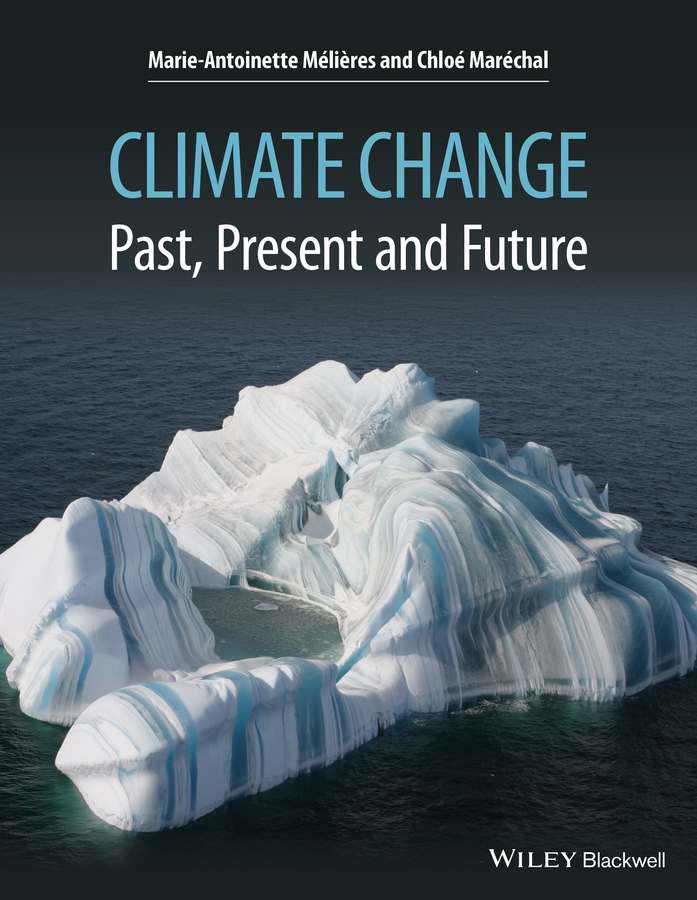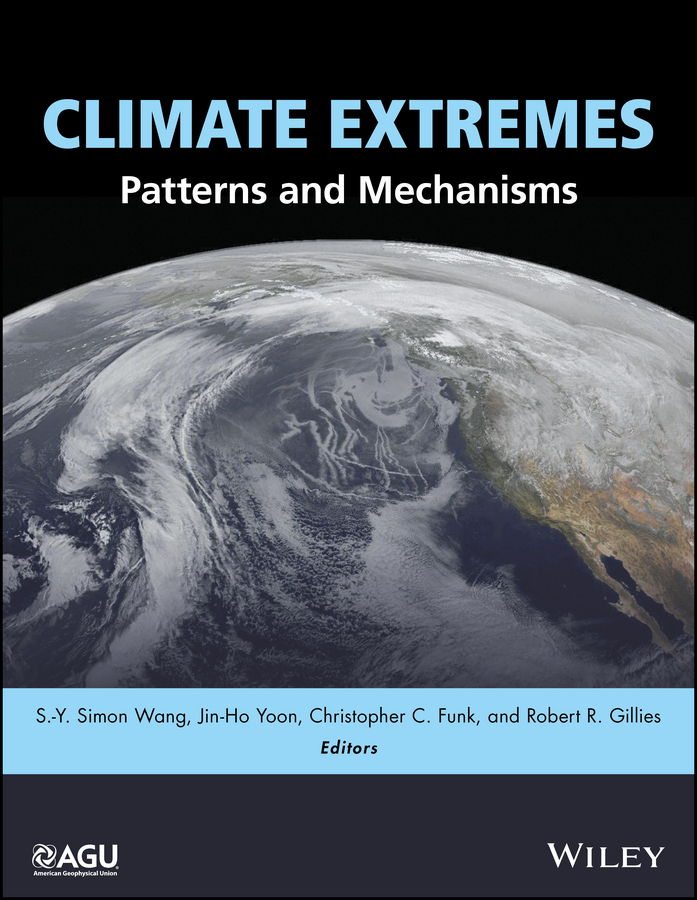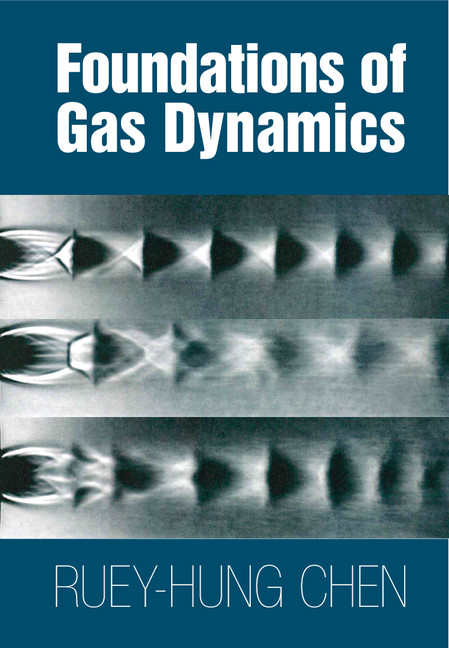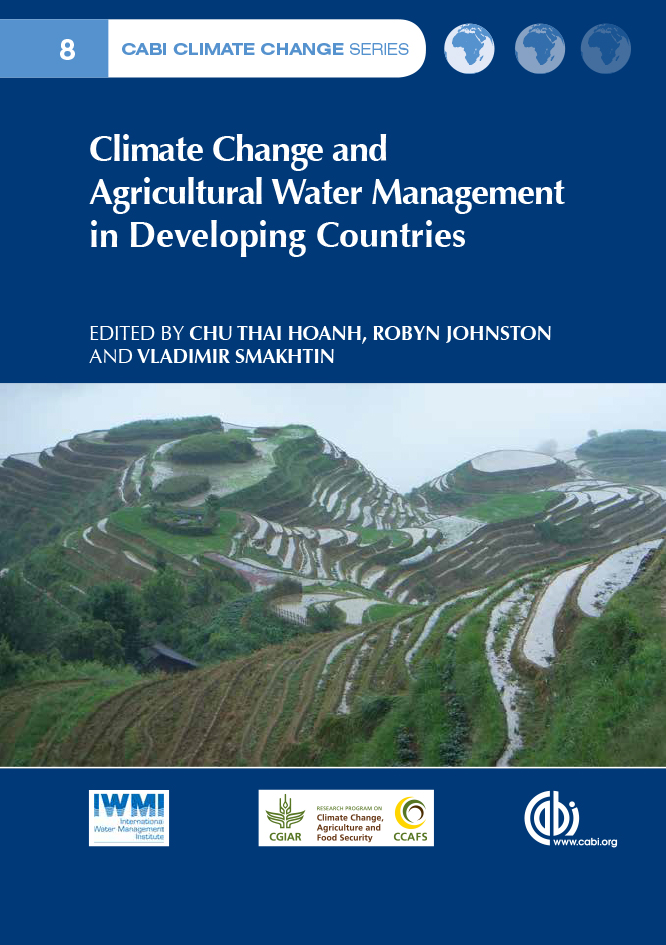CLCP4
LanguageENG
PublishYear2015
publishCompany
Wiley
EISBN
9781118708507
PISBN
9781118708521
- Product Details
- Contents
The book use an approach that explains the mechanisms but is equation-free. It is written from the point of view of a physicist and treats the physical processes in detail providing a deep understanding in particular of the energy balance and the greenhouse effect. It avoids technical jargon and presents the issues in a simple and clear manner. In addition to the fuller explanations, the approach is innovative. The record of past climates is used as a benchmark to assess current climate changes and to apprehend the true magnitude of coming changes that stem from human activity. It is for this reason that such emphasis is given to understanding the mechanisms (Parts 1 and 2) and the lessons from past climates (Part 3). The central subject of the book is thus that of Work Package 1 of IPCC, namely Climate changes in the past and to come. Although many topics are covered, the book focuses on the fundamental mechanisms that underlie climate equilibrium. These are discussed in depth and placed in a hierarchy, which provides a better perspective of the different factors, parameters and mechanisms that drive the variations in the average climate. One of its novelties is to present the notion of average climate in terms of energy required to maintain the climate. This allows the reader to understand the basic role of the available energy on the Earth and to generalise the concept of climate on the scale of the whole planet. In this way the fundamental importance of the greenhouse effect is introduced, as well as the average temperature as an indicator of climate change, i.e., the pertinence of the temperature energy parameter. This is why it describes the average climate in terms of the three key components : temperature, rainfall and wind. Special attention is given to the energy balance of the planet in all its aspects and to understanding clearly the mechanism of the greenhouse effect and the physical notion of temperature. These last two form the basis of the perturbation generated by human activity and the means of quantifying its impact. By presenting the detailed climate archives over the last few million years (Part 3, Lessons of the Past), in particular the glacial - interglacial cycles of the Quaternary era, the mechanism that drives the natural climate changes is revealed, and the lessons to be learnt from the past follow naturally. Emphasis is laid on the means of characterizing and quantifying global climate change: -Global warming is accompanied by an average rise in temperature that increases with latitude. Mean latitudes experience a rise in temperature twice as great as that of the overall average (a finding that is confirmed by the recent warming and which is forecast in the models for the 21st century). -Throughout the whole of the Quaternary era (last few million years) the warm interglacial periods never encountered a rise in the average temperature greater than 2°C beyond the current warm period. This provides a reference for the global warming that is approaching. -Finally, with respect to biodiversity, the glacial - interglacial cycles of the past illustrate how the impact of large temperature changes can affect the biosphere, and promote greater biodiversity at lower latitudes. These points serve to circumscribe the magnitude of the changes, both in the climate and in the biosphere, that are in store in the 21st century. The whole of Part 4 (Recent evolution in the climate) summarizes the consequences of the recent global warming. The interest here is to illustrate the observed impact on the planet of a global climate change. This highlights the predictions of the models, which are entirely consistent with these observations (Part 5). Note A version of this book has already been published in French by the University of Grenoble Press .
Collected by
- Princeton University
- University of Oxford
- UCB











